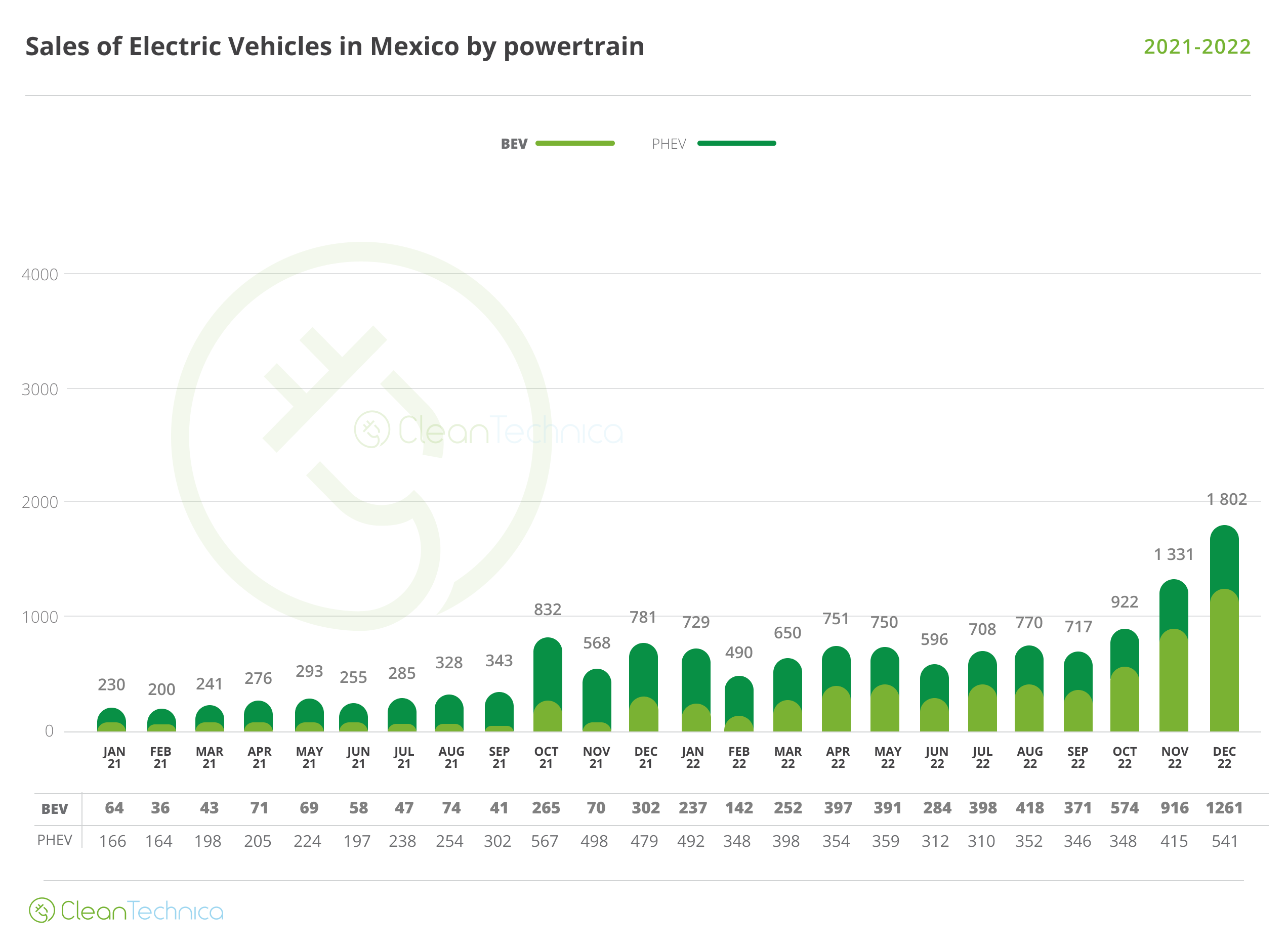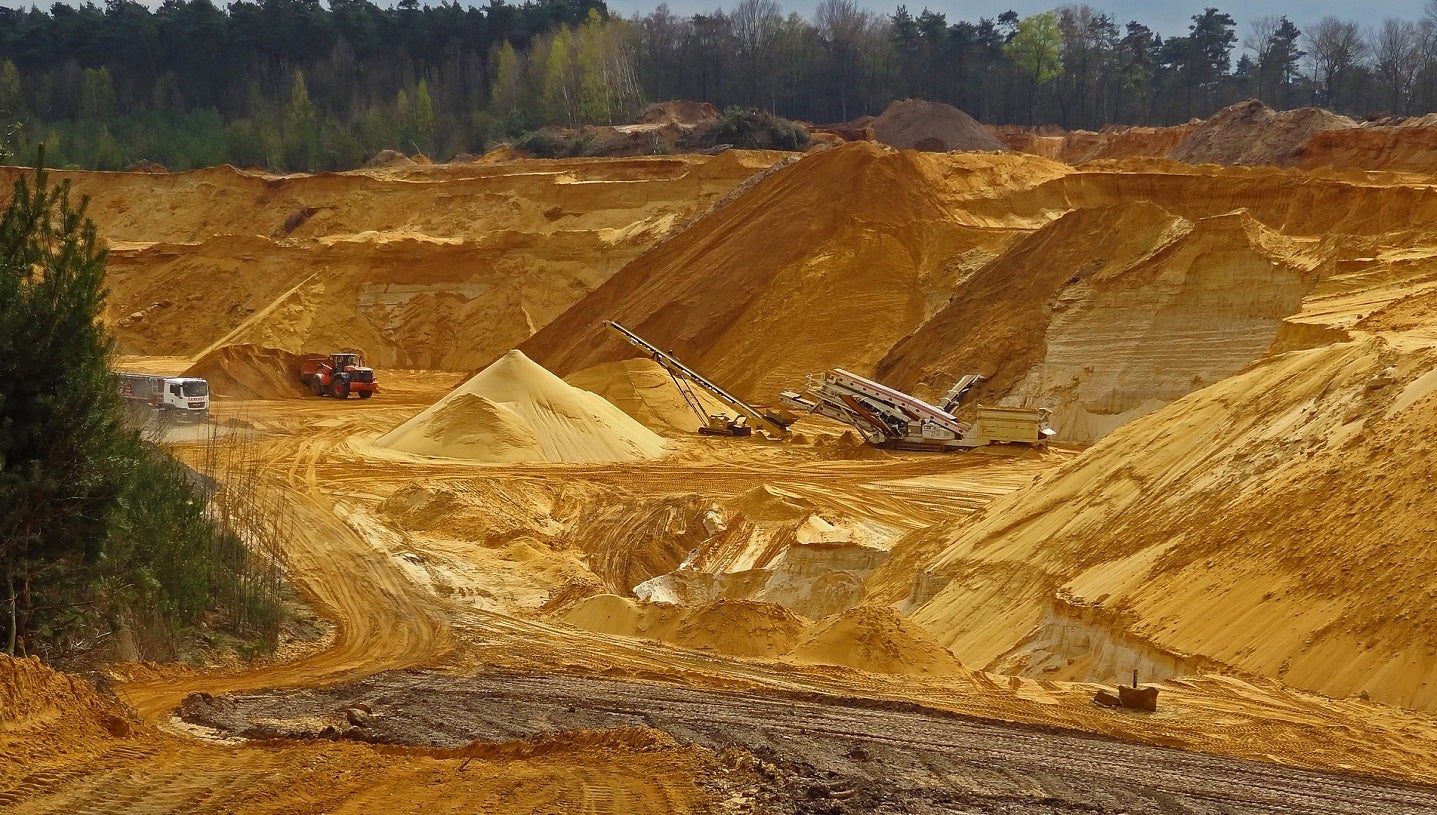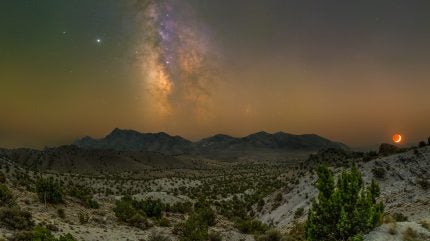Sign up for daily news updates from CleanTechnica on email. Or follow us on Google News!
By the time you read this, MethaneSAT, a new satellite that is a collaboration between dozens of scientists, researchers, and private corporations, will be in orbit, peering down at the Earth from space as it circles the globe 15 times a day. MethaneSAT, as the name implies, is designed to identify sources of methane gas pollution. While part of its mission is to spot polluters, the other side of the coin is that it can verify that others are indeed managing those emissions in a responsible fashion.
Methane is responsible for 30% of the global heating the Earth has experienced since the beginning of the Industrial Revolution. Stemming methane leaks is the fastest single way to curb the escalation of average global temperatures, according to The Guardian.
MethaneSAT Brought To Us By EDF
MethaneSAT was developed by the Environmental Defense Fund in partnership with the New Zealand Space Agency. It is the size of a washing machine and cost $88 million to build and launch. Earlier EDF measurements from planes show methane emissions were 60% higher than calculated estimates published by US authorities and elsewhere. The data from this newest satellite will be substantially more accurate.
More than 150 countries have signed a global methane pledge to cut their emissions of the gas by 30% from 2020 levels by 2030. Some oil and gas companies have made similar pledges, and new regulations to limit methane leaks are being proposed in the US, the EU, Japan, and South Korea.
EDF senior vice president Mark Brownstein said, “MethaneSat is a tool for accountability. I’m sure many people think this could be used to name and shame companies who are poor emissions performers, and that’s true. But [it] can [also] help document progress that leading companies are making in reducing their emissions.”
The oil and gas industry knows how to stop leaks, and the cost of doing so is usually very modest, said Steven Hamburg, EDF’s chief scientist and MethaneSat project leader. “Some call it low hanging fruit. I like to call it fruit lying on the ground.” Kelly Levin, the chief of science at the Bezos Earth Fund which helped to fund the project, said, “From the sky, MethaneSAT can see what others can’t, helping good actors and holding bad actors accountable.”
MethaneSAT has a resolution of about 140 meters. The Sentinel 5P satellite from the European Space Agency has a resolution of about six kilometers. MethaneSAT can detect changes in gas concentrations as small as three parts per billion, according to EDF scientists, which will allow it to recognize smaller emissions sources than other satellites. But it also has wide sweep with a field of view of about 125 miles by 125 miles, which will allow it to detect larger emitters, sometimes called “superemitters,” where other satellites might not be looking.
“It allows us to basically put on a pair of bifocals so we can see things both in the small scale, and the wider scale,” Dr. Hamburg said. The new satellite is also designed to track releases over time, to see whether they’re increasing or decreasing, and by how much. Scientists back on Earth will analyze that data using cloud-computing and AI technology developed by Google, a mission partner, and make the data publicly available through Google’s Earth Engine platform.
All told, MethaneSAT aims to “see” up to 90% of global oil and gas production as it does its daily circuits around the Earth. That should cover a significant portion of human-caused methane emissions. Other big sources of methane release are landfills and cows.
Free Data For All From MethaneSAT
EDF will make MethaneSAT’s data freely available early next year, allowing oil and gas companies or environmental regulators to find and fix leaks faster, EDF scientists said. They also hope to enable a wider group of elected officials, investors, gas buyers, and the public to more readily understand who is responsible for leaks in order to hold them accountable. Other methane emissions data is proprietary, which means it may not be available to those who need it most.
“It’s a big step in a useful direction,” said Drew Shindell, an earth science professor at Duke University who wasn’t involved with MethaneSAT. He said he expected the project to “be the gold standard for the use of remote sensing data to trigger agency and industry action on leaks.” The big question, he said, is whether oil and gas producers will be compelled to act. “There’s no guarantee that this information leads to a change in behavior,” he said.
The satellite launch coincides with efforts around the world to better regulate methane. New European Union rules, for example, impose methane-emissions limits on oil and gas imports, exerting pressure on major producers abroad. Regulations adopted by the Biden administration last year will for the first time require oil and gas producers in the United States to detect and fix methane leaks. At last year’s global climate talks, a coalition of 50 oil and gas companies pledged to reduce their methane emissions by up to 90% by the end of the decade.
 Chip in a few dollars a month to help support independent cleantech coverage that helps to accelerate the cleantech revolution!
Chip in a few dollars a month to help support independent cleantech coverage that helps to accelerate the cleantech revolution!
Fixing methane leaks from oil and gas infrastructure should be relatively inexpensive. In fact, doing so should provide companies with more methane gas to sell and more than offset the cost of fixing the leaks detected by MethaneSAT. Some companies have already started using other satellite data to better track their methane releases. But others simply burn the excess gas in a process known as flaring, which produces carbon dioxide to further drive global heating.
“We welcome the development, because we share the same aim as EDF,” said Bjorn Otto Sverdrup, chair of the Oil and Gas Climate Initiative, a group of twelve of the world’s biggest oil and gas companies that has pledged to reduce methane emissions. “I’d like to wish them the best of luck.”
More challenging is tackling emissions from landfills or from agriculture, specifically livestock, though some scientists are trying to do that by tweaking cows’ diets. Methane also seeps from natural sources, like flooded wetlands, but the majority of methane emissions today come from human activity.
A concerted effort to rein in methane from fossil fuels, agriculture and landfills could reduce methane emissions by up to 57% by 2030, helping to slow the rate of warming by as much as 30%, scientists have estimated. One of MethaneSAT’s main goals is to help bring about that change. “Our only measure of success is, Do the emissions go down? That’s our North Star,” Dr. Hamburg said.
The Takeaway
For more than 70 years, the focus among climate scientists has been on carbon dioxide, meaning methane has gotten pretty much a free pass until now. But methane is more than 80 times more powerful a greenhouse gas than carbon dioxide. The difference is it “only” remains in the atmosphere for about 20 years whereas carbon dioxide can remain aloft for a century or more.
Ever since the Paris climate accords were signed in 2015, the objective has been to limit global heating to no more than 1.5ºC. But temperatures began to exceed that level in 2023 and are sure to do so regularly in the year to come. Eliminating methane emissions could trim a third of a degree Celsius from average global temperatures — about what a concerted geoengineering program might accomplish. Geoengineering could cost trillions of dollars. Cutting methane emissions could do the same thing for about 1% of the cost of geoengineering.
So why haven’t we been doing this before now? Because we didn’t have the data to identify methane emitters accurately. Soon we will.
Have a tip for CleanTechnica? Want to advertise? Want to suggest a guest for our CleanTech Talk podcast? Contact us here.
Latest CleanTechnica TV Video
CleanTechnica uses affiliate links. See our policy here.



